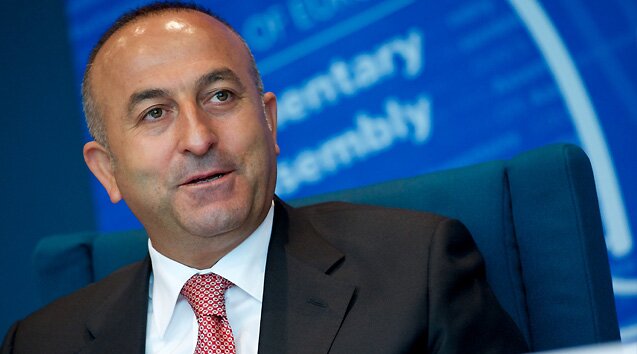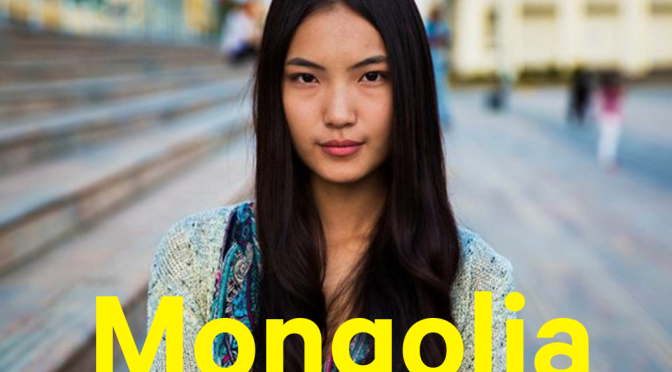Kurdish rebels blamed for attack on military police vehicle carrying several officers, as PKK says ceasefire has ‘lost all meaning’ after Turkish air strikes
The blast came after Turkey launched air strikes against PKK positions in northern Iraq as well as against Islamic State in Syria, in retaliation for a string of violent attacks last week that Turkey holds both groups – themselves fierce rivals – responsible for.

On Sunday the Turkish foreign ministry said it said it had asked NATO to hold an extraordinary council meeting on Tuesday to discuss its security operations against Islamic State and PKK Kurdish militants.
US officials expressed their support for Turkey’s air strikes on the PKK, saying they “respected Turkey’s right to defend itself”. In a major policy shift, the Turkish government last week agreed to open its airbases for US-led coalition warplanes after the US had grown increasingly frustrated with Turkey’s reluctance to join the fight against the Islamic State.

While some wondered if American support for Turkey’s raids on the PKK was part of the deal reached after lengthy negotiations, others said it was too early to deduce that the US had dropped the Kurds, a major ally in the fight against Isis, in exchange for Turkey actively joining the anti-Isis coalition.
“In the clash between the Turkish state and the PKK, the Americans have always supported Turkey,” Mesut Yegen, a historian of the Kurdish issue, explained. “The real question is what the US would do if Turkey will turn on the PYD,” he said, referring to the Democratic Union party, the Syrian affiliate of the PKK.

The deadly car bomb exploded late on Saturday, when a military police vehicle carrying several officers was travelling to intervene in a traffic blockade close to the predominantly Kurdish town of Lice, according to a statement by the Diyarbakır governorate.
The military had launched a wide sweep to capture the bombers, Turkish authorities said. In coordinated raids throughout the province, at least 21 people suspected to have links to the PKK were arrested on Sunday morning.

The attack came on the heels of a PKK declaration that the ceasefire, agreed upon as part of the peace process started in 2012 in an attempt to end a bloody conflict that has killed more than 40,000 people over 30 years, had “lost all meaning” due to the Turkish military assault, the heaviest since peace negotiations began.
On Friday night, Turkish fighter jets hit several PKK targets, including shelters, warehouses, bunkers and parts of the Qandil mountains, where the Kurdish group’s military headquarters are located, the Turkish authorities said.

One PKK member was killed, and three others were wounded during the attacks, according to a statement published by the People’s Defence Force (HPG), the PKK’s military wing.
In a statement published on Saturday, the HPG denounced the air raids as an “aggression of war” by the Turkish state and vowed to resist.
The operations continued on Saturday, when Turkish fighter jets and artillery forces jointly attacked PKK camps in northern Iraq and Islamic State militants in Syria, with Turkish officials saying the incursion against the jihadis would help create a “safe zone” on Syrian soil alongside the Turkish border.

“As soon as areas in northern Syria are cleared of the [Islamic State] threat, safe zones will emerge naturally,” the Turkish foreign minister, Mevlüt Çavușoğlu, told reporters on Saturday, adding that these swaths of land could be used to host Syrian refugees.
“We have always defended the establishment of safe zones and no-fly zones in Syria. People who have been displaced can be placed in those safe zones,” he said.

Parliament has been summoned to meet on Wednesday to discuss the security situation.
Turkish police used water cannon to disperse a demonstration in Ankara condemning violence by Isis, an AFP reporter said, with police reportedly arresting about 33 people.
Meanwhile, the leftist opposition Peoples’ Democratic party (HDP) has harshly criticised the military operations, saying the attacks on the PKK were a “pretext” and an attempt by the interim Justice and Development party (AKP) government to force early elections after the party lost its parliamentary majority on 7 June.

“This is a plan by the government to set the country on fire in order to secure a single-party government. By creating a militaristic and nationalist climate while pretending to conduct a comprehensive fight with terrorism the government wants to force snap elections,”
a statement from the HDP said on Saturday, underlining the need for renewed dialogue and negotiations in order to keep the peace process, now hanging by a thread, on track.

Since the suicide bomb attack that killed 32 people last Monday, a wave of violence has rolled over the country, including the killing of several police officers for which the PKK claimed responsibility.
Violent protests against the AKP’s failed Syria policies and their stalling of the Kurdish peace process have erupted in several cities all over Turkey. In clashes between pro-Kurdish protesters and the police in Cizre, a 21-year-old man was reported shot in the exchange of gunfire.

In Istanbul, authorities banned a planned “peace march” scheduled to take place on Sunday, citing security concerns and traffic congestion.
Turkish police in Ankara used water cannon and teargas to disperse a demonstration protesting against the AKP’s Syria policies and Isis violence. Thirty-three people were reportedly detained.

Journalist and commentator Oral Çalışlar said that neither the Turkish government nor the PKK had anything to gain from a return to full-scale hostilities.
“In the end both parties will have to sit around a table and continue to talk,” he said. “They know, from years of struggle, that they cannot destroy each other, and that they cannot reach any lasting results through violence. The peace process simply has to continue because of that.”















































!["Usually, in Western countries, I'm never refused [when I ask to take a picture]," Noroc says. This woman poses in Harlem, New York.](https://i0.wp.com/static6.businessinsider.com/image/571fa8e5dd0895cb618b479c-1200/usually-in-western-countries-im-never-refused-when-i-ask-to-take-a-picture-noroc-says-this-woman-poses-in-harlem-new-york.jpg)





![Going to North Korea was like "stepping [onto] a totally different planet, with different rules," Noroc says. This woman was photographed in Pyongyang, North Korea.](https://i0.wp.com/static1.businessinsider.com/image/571fa8e5dd0895cb618b47a2-1200/going-to-north-korea-was-like-stepping-onto-a-totally-different-planet-with-different-rules-noroc-says-this-woman-was-photographed-in-pyongyang-north-korea.jpg)






!["For me, beauty is diversity, [it's] what makes us unique," Noroc says. "I also believe that beauty can teach us to be more tolerant." Below, a woman in the streets of Iran.](https://i0.wp.com/static2.businessinsider.com/image/571fa8e5dd0895cb618b47a9-1200/for-me-beauty-is-diversity-its-what-makes-us-unique-noroc-says-i-also-believe-that-beauty-can-teach-us-to-be-more-tolerant-below-a-woman-in-the-streets-of-iran.jpg)



!["[In India] I photographed subjects from very different environments," Noroc tells Tech Insider. "From poor women living in slums to Sonam Kapoor, one of the most popular Indian actresses." Here, an Indian woman poses at a train station.](https://i0.wp.com/static6.businessinsider.com/image/571fa8e5dd0895cb618b47ad-1200/in-india-i-photographed-subjects-from-very-different-environments-noroc-tells-tech-insider-from-poor-women-living-in-slums-to-sonam-kapoor-one-of-the-most-popular-indian-actresses-here-an-indian-woman-poses-at-a-train-station.jpg)




















